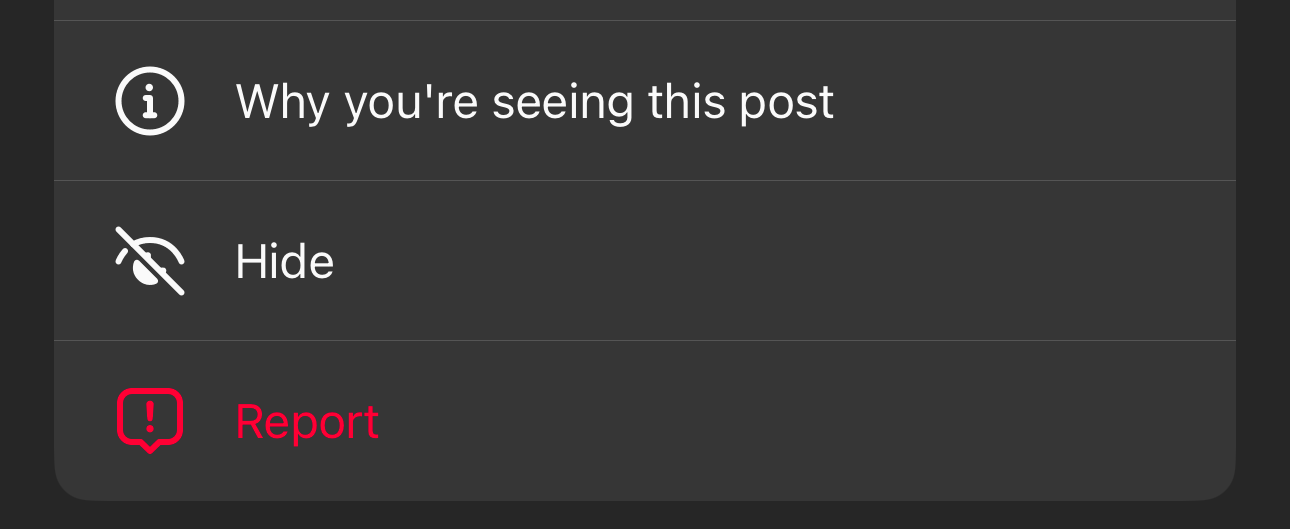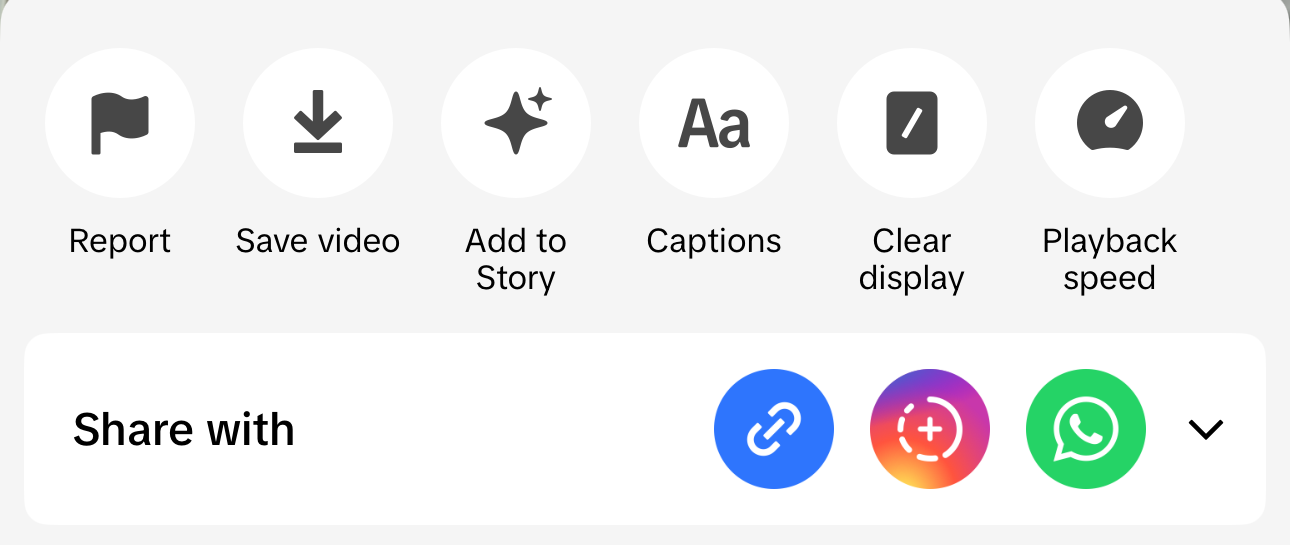There have probably been countless times when you’ve come across content that doesn’t match your interests while scrolling through your social media feed. Luckily, there are several settings you can tweak on any social media app to take back control of what you see.
1 Avoid Engaging With Posts You’d Rather Not See
Social media algorithms shape the content you see on your feeds, such as your TikTok For You Page (FYP), Instagram’s Explore page, and even YouTube recommendations. These algorithms track the type of content you interact with to recommend content you will likely enjoy.
What truly matters is how you engage with the content. With this in mind, don’t engage with content you don’t want to see more of—even if it makes you sad, angry, or offended.
Avoid commenting on, saving, and sharing posts you wouldn’t want to keep seeing on your social media feeds. Engaging with these posts will just work against you and you’ll end up with your feed filled with content you don’t enjoy. So, make sure you’re mindful of the type of content you interact with.
2 Hide Content and Mark as Not Interested
While social media algorithms typically do a good job at recommending content that aligns with your interests, they don’t always get it right, and you’ll occasionally come across posts that don’t match your preferences.
In these cases, it can be tempting to leave a negative comment on a post you don’t like, hoping it will stop similar content from showing up. However, leaving a negative comment is essentially the same as engaging with a post and signals to the algorithm that you’re interested in that type of content. This can have the opposite effect you’re hoping for and will likely result in more similar posts appearing on your feed.
So, when you come across content you don’t want to see in the future, you have two options: either scroll past without interacting or hide these posts and mark them as irrelevant. Most mainstream social media platforms allow you to mark posts as “Not Interested” or hide them from your feed to help the algorithm tailor your post suggestions to better match your interests.
For instance, on Instagram, you can tap the three horizontal dots on the top right of the post, and choose Hide from the menu that appears.
Similarly, on TikTok, you can long-press a video, and select Not Interested from the video controls that appear.
While the exact steps vary across platforms, the process works the same—it tells the algorithm to stop showing similar content.
3 Unfollow Pages That Post Content You Don’t Like
At times, eliminating the problem entirely is the best solution. If you’ve been constantly seeing posts you don’t like from a specific page, rather than hiding their posts or making them as Not Interested, a better option is to simply unfollow them.
Most social media platforms have two main sections: an algorithmic feed, which shows you new content based on your activity, and a friends/following feed, where you see posts from the pages and people you follow.
Unfollowing accounts that post content that no longer matches your interests not only stops their posts from appearing on your friends feed, but also helps the algorithm recognize that you’re not interested in the type of content they post. Ultimately, this reduces the chances of similar content appearing in your algorithmic feed.
4 Mute or Snooze Accounts
There have been many times when I’ve hesitated to unfollow certain people when I don’t enjoy their content, worried they might notice. While this isn’t an issue when I’m unfollowing an influencer with tens of thousands of followers, it can feel more personal when it’s someone you know.
In situations where you’d rather not unfollow someone entirely but also don’t want to see their content, platforms like Instagram and Facebook allow you to Mute or Snooze them.
When you Mute or Snooze an account, their posts and stories won’t appear on your feed, but they’ll still be able to see what you post if they follow you. The best part? They won’t be notified that you’ve muted or snoozed them—so, no awkwardness at all!
You can Mute an Instagram account by going to their profile and tapping the button that says Following. Then, simply select Mute from the menu and decide whether you’d like to mute their Posts, Stories, Notes, or their Notes on posts and reels.
On Facebook, you can snooze an account directly from your News feed. When their post appears, tap the three horizontal dots at the top, then select Snooze [Account Name] for 30 days from the menu.
5 Report Triggering or Harmful Content
One of the primary reasons why I’ve taken breaks from social media on multiple occasions is the amount of times I come across content that triggers me and makes me feel uncomfortable. Nowadays, many accounts post graphic images and videos without a second thought.
When they do, they often rarely bother adding warnings that their post may be sensitive for some users. While I’d often let such posts go, I noticed similar posts would begin appearing on my feed. So, I decided to take matters into my hands, and began reporting triggering or harmful content.
Regardless of the platform you’re using, the process of reporting a post is essentially the same. All you need to do is tap the three horizontal dots or long-press a post and select Report from the menu that appears.
You’ll then be prompted to select a reason. Reporting posts not only helps you regain control over the type of content that appears on your feeds, but also helps promote a healthier online space for others.
6 Enable NSFW/Sensitive Content Filters
Thankfully, NSFW/Sensitive Content filters have come in clutch, especially when using X (formerly Twitter) or Reddit. You’ll usually find these filters in your account settings under Content Preferences.
Depending on the platform, you may see a toggle to completely turn off displaying media that contains sensitive content or limit the amount of this content that appears in your feed. Activating these filters has massively reduced the inappropriate posts I’d stumble across every once in a while.
Social media is meant to be a source of relaxation, but encountering content that upsets you or doesn’t align with your interests can have the opposite effect. With the six tips I’ve mentioned above, you should be able to significantly clean up your feed.







